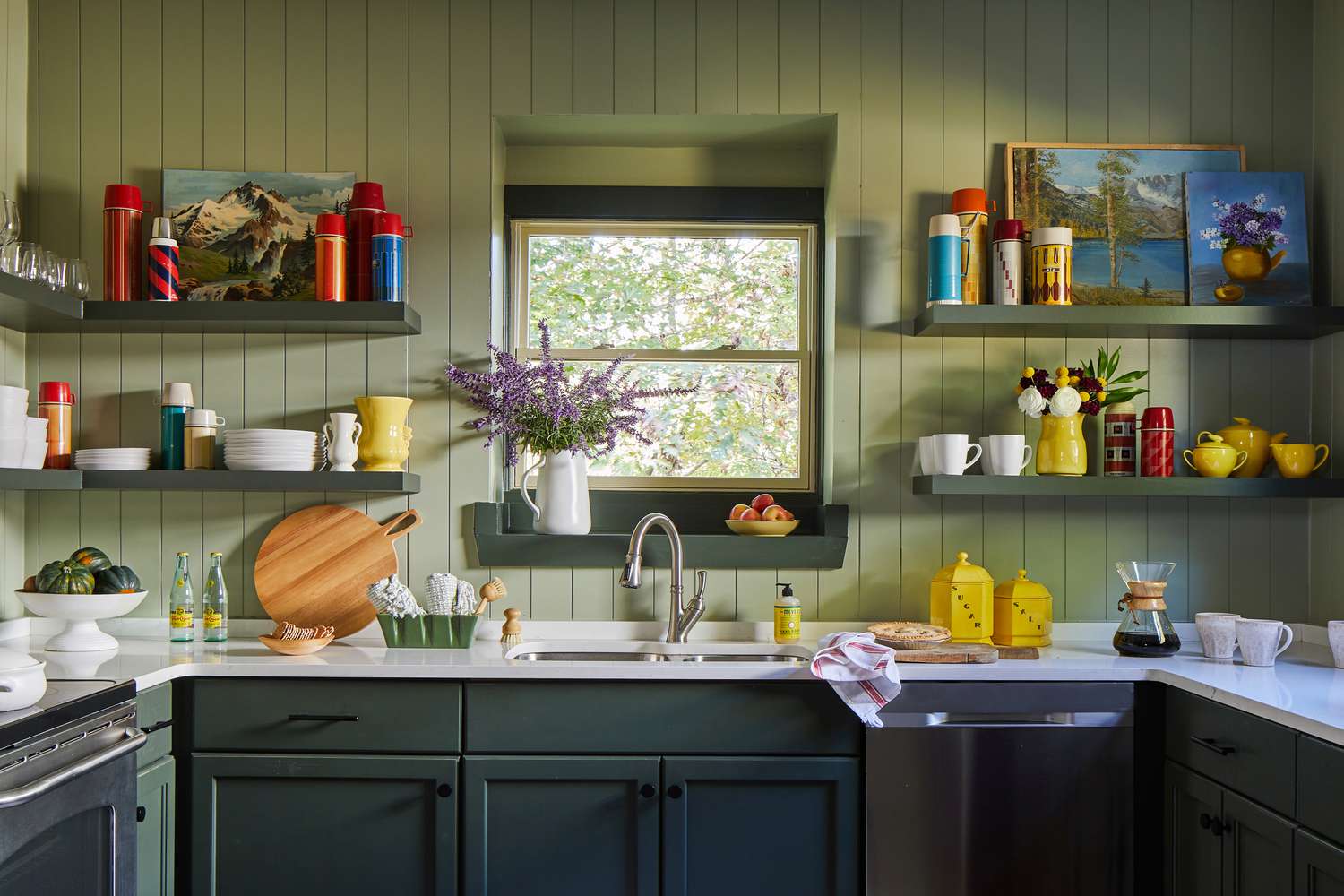Entering the nitty-gritty, disordered spaces of one’s life not only forms bonds but also ignites these relationships initially. The chaos isn’t always metaphorically; sometimes, it entails literal messy spaces inviting equivalent vulnerability.
Count it as a privilege to be let into a friend’s unpolished areas. The instances that people have permitted me to alleviate their cluttered zones have invariably become unforgettable. Venturing into a problematic region causing annoyance, reforming it collaboratively, and finally leaving it in a state that breeds peace and pleasure is such an unexpectedly profound experience I relish sharing with others.
One such project I recently commenced was with my dear friend Amie. Amie became my savior when I relocated and met her few months later. She had carried out some home transformation, which had left her basement storage entirely in disordered state. Having four children and a packed timetable, Amie barely had time to sort this out and I was more than happy to aid.
We mutually decided to tackle the game closet, a compact area that needed to be restructured to serve its purpose effectively. Here’s our journey of learning through the entire process.
The first strategy was leveraging a fail-safe process that has shown its worth over time. My particular version resembles the Core 4 Method which includes clearing out the zone you’re organizing, cleaning that space, grouping the items you’ve removed, discarding or donating items and then containing and arranging the items as you’re putting them back in the area. We sorted items into games, therapy resources, gift-wrapping supplies, and other items that didn’t fit the space. During categorization, Amie made prompt judgments regarding getting rid of games with lost or broken pieces.
The next tactic was to be disciplined with how a space is utilized. As we were emptying the game closet, Amie and I deliberated on what she desired the closet to hold and what didn’t fit there. She agreed to limit to games, puzzles, activity kits, gift-wrapping supplies, and additional school supplies. Once we knew what fitted within this space, and more importantly, what didn’t — quickly sorted what we required to categorize and restore in the closet.
Another step involved making small changes with considerable visual repercussions. For a space to feel serene, it’s crucial to observe how things appear. For instance, in the case of the game closet, we sorted games by size, with larger items at the bottom and smaller products on top of the stacks. This drastically enhances the neatness of the closet and the cumulative effect helps in maintaining it.
One key insight was that it might not be as time-consuming as anticipated. I was stunned at how promptly we were able to conclude this project. The total project time span was around one and a half hours with two to three of us collaborating. Some of this was owed to the preparatory work we performed defining the space and a significant part was due to Amie’s quick decisions about retention and removal.
The experience of organizing my friend’s game closet was extremely productive and gratifying, one that I intend to replicate with friends in their residences and even in my own! We not only left Amie with a visually pleasing and constructive space that her whole kin could utilize, but I also re-found the merit of tackling complex tasks mutually. Let’s make decluttering and organizing a collective activity.



